Foot scanners play a key role in monitoring children's foot health, providing accurate assessment and dynamic tracking. Their benefits are reflected in the following aspects:
1. Accurate Quantification of Foot Development
Millimeter-Level 3D Modeling
Using non-contact laser scanning, over 60 biomechanical parameters, including foot length, width, and arch curvature, are captured with an accuracy of 0.5mm. This allows for early identification of structural abnormalities such as flatfoot (collapsed arch), cavus (excessively high arch), and valgus.
Objective Diagnostic Basis
Eliminates the subjective errors of traditional visual assessment. For example, the foot contact area ratio is used to accurately determine mild, moderate, or severe flatfoot (a normal arch accounts for >1/3 of the footprint), preventing pathological conditions from being misdiagnosed as growing pains.
2. Dynamic Tracking of Developmental Trends
Golden Window Management
The critical period for arch formation is between 2 and 6 years old. Regular scanning can establish a curve of arch height changes, identifying developmental delays (e.g., failure to properly form an arch after 6 years of age), creating a window for corrective intervention.
Growth Prediction and Plan Adjustment
By combining bone age data to predict foot growth trends, we dynamically optimize orthotic insole support strength or adjust functional shoe types (e.g., heel cup hardness, forefoot width ≥ 4.5cm) to avoid mismatch between orthotic and foot shape.
III. Guiding Scientific Intervention and Prevention
Customized Corrective Plans
Customized insoles based on scan data: For those with hallux valgus, we require a strengthened heel cup for stability; for those with flat feet, we require increased medial longitudinal arch support, which can reduce plantar fascia tension by 29%.
Exercise and Shoe Selection Guidance
After identifying abnormal plantar pressure distribution, we recommend exercises such as barefoot walking on sand and toe-gripping to strengthen the arch muscles.
Select athletic shoes based on arch type (e.g., EVA midsoles 3-5mm thick) to avoid shoes with hard soles (hardness > 70 Shore C) that exacerbate impact injuries.
IV. Improving Screening Efficiency and Compliance
Large-Scale Campus Screening
A single scan takes only seconds, enabling rapid, school-wide arch assessments. This addresses the inefficiency and data retention challenges of traditional footprint testing.
Visual Communication Tool
The 3D model visually illustrates foot problems, helping parents understand the need for intervention and reducing delays in seeking medical attention due to cognitive impairment (average of 1.5 years).
Key Limitations and Recommendations: Static scanning cannot replace gait analysis and may be challenging for children with balance impairments. Retesting is necessary every 3-6 months and should be integrated with clinical examinations to form a complete evaluation loop.

 +86-0755-86131192
+86-0755-86131192 2025-08-15
2025-08-15 Back to list
Back to list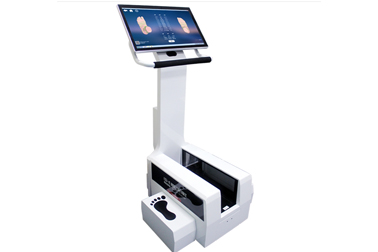
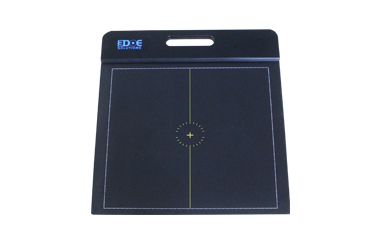
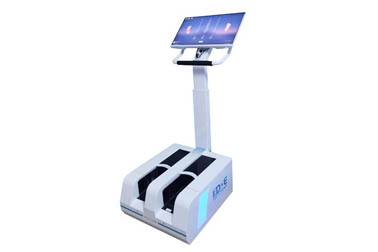
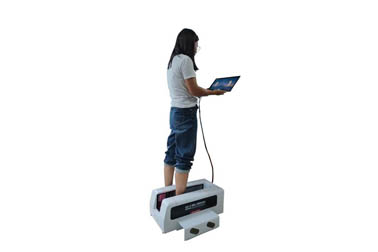
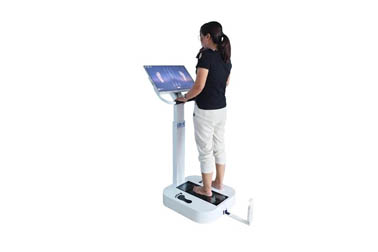
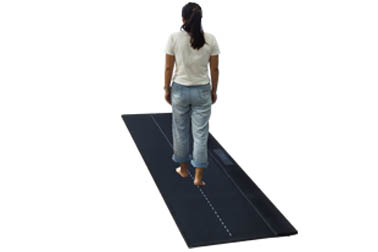



 +86-0755-86131192
+86-0755-86131192